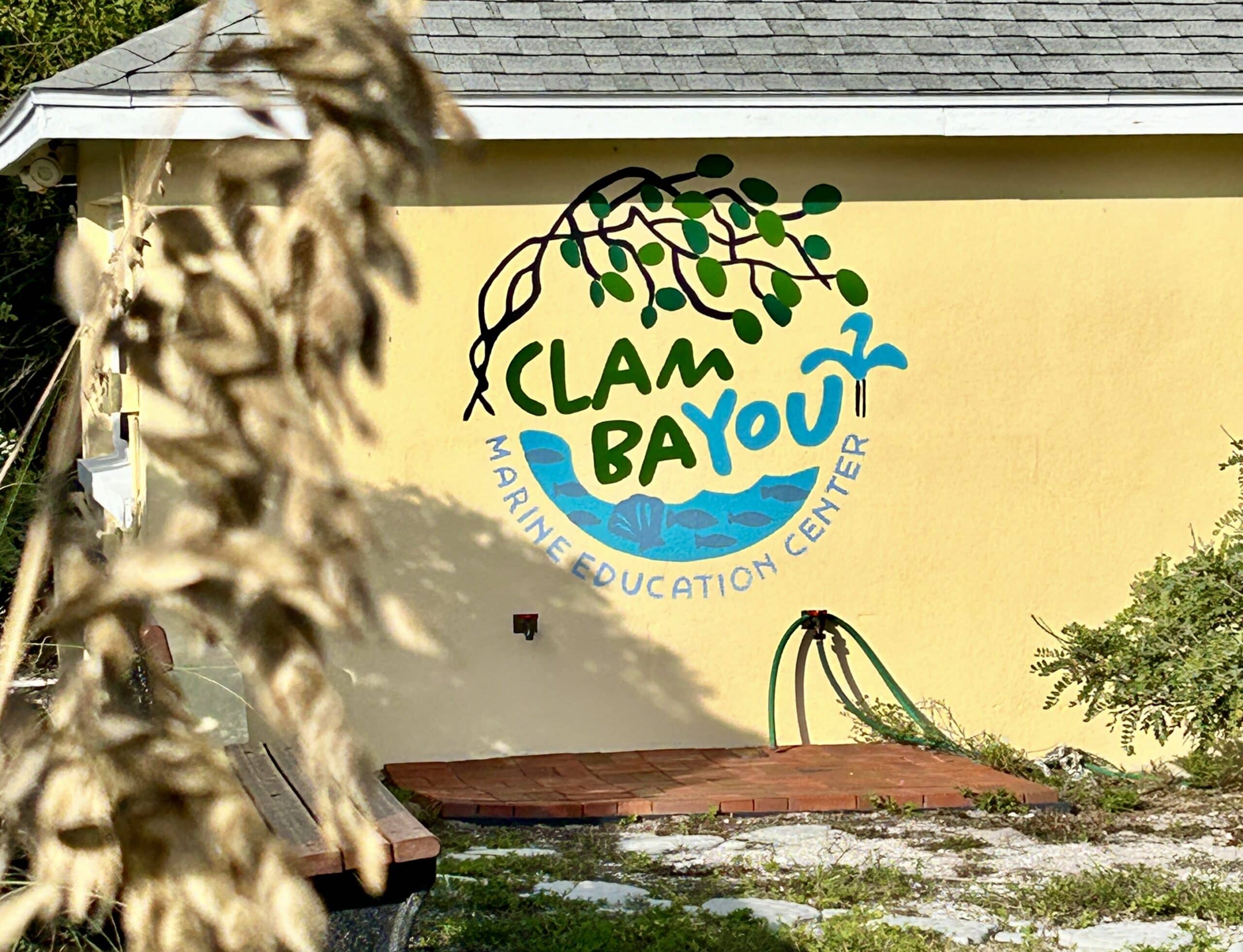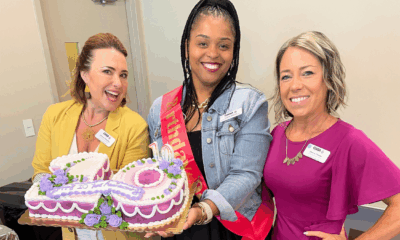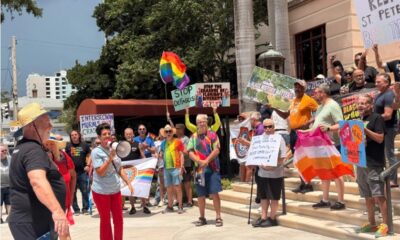Thrive
City invests in marine education center

After facing an uncertain future, a St. Petersburg education center has received a lifeline to keep its programs afloat.
For nearly 20 years, the University of South Florida’s College of Marine Science has partnered with the City of St. Petersburg to operate the Clam Bayou Marine Education Center. The education center is located in a historic home on four acres of waterfront land overlooking Boca Ciega Bay. The center offers coastal field trips for K-12 young students and professional development, career explorations and environmental stewardship events for teachers, college students and community groups.
USF’s College of Marine Science has leased the property from the City of St. Petersburg since 2004 to host its education and outreach programming. According to program coordinators, USF has maintained the building and operated courses and camps, while the City has maintained the grounds.
Now, the City is bolstering its support with a new five-year funding agreement, providing the Clam Bayou Marine Education Center with an annual contribution of $100,000.
“The Clam Bayou Marine Education Center is poised to become an important asset for students, educators and the broader community that will enhance comprehension of Tampa Bay’s diverse ecosystems,” said Mayor Kenneth T. Welch in a prepared statement. “This partnership ensures equitable access to transformative educational experiences and equips future generations to meet environmental challenges head-on.”

An investment of $100,000 per year for five years from the City of St. Petersburg will help USF’s College of Marine Science continue operating the Clam Bayou Marine Education Center.
Clam Bayou’s key programs include coastal field trips for up to 750 students each year. Children in the 4th and 5th grades participate in guided field trips exploring mangroves, seagrasses and oyster habitats.
The education center has also been selected for the NOAA Gulf Bay Watershed Education and Training program in recent years, which provides funding to bring South St. Petersburg’s elementary scholars from Title I schools to discover, explore and experience hands-on coastal field trips and stewardship activities.
Dr. Teresa Greely, Director of Education and Outreach at USF’s College of Marine Science and program operator at Clam Bayou, said that for many of the students, these field trips are the first time young children can envision a future in STEM fields.

Dr. Teresa Greely, Director of Education and Outreach at the University of South Florida’s College of Marine Science and program operator at Clam Bayou Marine Education Center, said the longest-running and most popular program at Clam Bayou is its Oceanography Camp for Girls, a three-week summer ocean science exploration program where Pinellas County teens work with USF graduate students to get hands-on experience in oceanography and marine biology.
“They see the possibility of themselves as a scientist,” Greely said. “They think, ‘Maybe I can help my city by doing this and monitoring the environment.’ That’s our goal with this next iteration of the program, to really connect it with their futures.”
Clam Bayou also plays host to teacher training programs. The five-day professional development series equips up to 25 educators each year with the skills to integrate watershed education and citizen science activities into their classrooms.
With this new funding from the City of St. Petersburg, Greely said a key component of the five-year plan is developing an endowment to ensure the long-term financial stability of the Clam Bayou Marine Education Center. The goal is to create a “self-sustaining” model for oceanography education, reducing reliance on external funding sources.
“This will get us through the next five years, and then we’re creating that model for longevity,” she explained. “Now we have the pieces, and it’s about leveraging that investment.
“When someone says, ‘Why would we invest in the endowment?’ Because someone else initiates that risk, so it’s a great motivator to build the endowment.”
.








Paul
February 16, 2025at2:27 pm
What a great investment.
S
February 16, 2025at10:33 am
The Mayor’s Latest Giveaway: Forcing Taxpayers to Fund His Self-Promotion
Once again, the city is using taxpayer dollars to fund outside organizations for the sake of looking good. After all, who could possibly be against education or the environment? If you dare to question this, you must be a terrible person, right?
But let’s look at the numbers. The city is committing $500,000 over five years to send up to 750 students on an “environmental education” field trip. That works out to a cost of $666 per student—for a single trip. That assumes they max out every year.
This isn’t just wasteful; it’s redundant. The University of South Florida (USF) is a state university, already funded by taxpayers. On top of that, Pinellas County Schools already spend millions on environmental education. So why are we paying twice for the same thing?
The truth is, this isn’t about education—it’s about the Mayor using public money to fund his own pet projects. Instead of allowing taxpayers to choose their own charities, he’s forcing them to pay for his, all while boosting his image at public expense.
Taxpayer dollars should fund essential services, not serve as a slush fund for the Mayor’s endless self-promotion. Let the people decide where their money goes—not politicians looking for a PR boost.